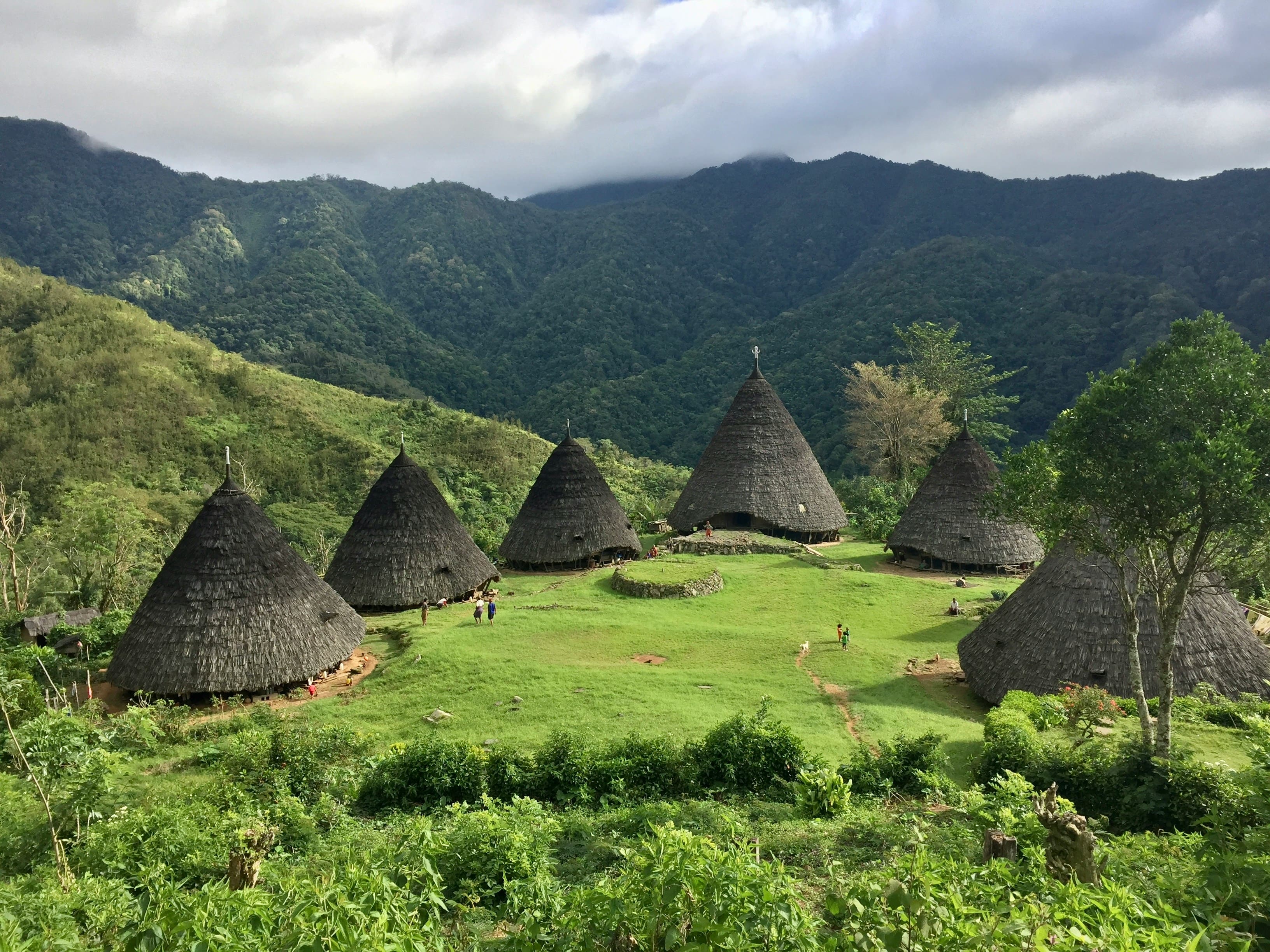Have you ever wondered what makes a country’s cultural identity so rich and diverse? In Southeast Asia, Indonesia stands as a powerful example of how different cultures can come together while still keeping their unique traditions alive. With over 700 languages spoken and thousands of islands, it’s no surprise that Indonesia is a living mosaic of heritage.
Unity in Diversity: A National Identity
Indonesia’s national motto, Bhinneka Tunggal Ika ("Unity in Diversity"), perfectly reflects the nation's pluralistic spirit. Despite its diversity, the country shares a deep respect for its roots and practices. This respect for cultural differences and a shared sense of national pride make Indonesia unique, as Ethnologue notes about the country’s linguistic and cultural richness.
Rituals and Spiritual Connections: A Cultural Tapestry
Take the Ma’nene ritual from the Toraja people in South Sulawesi, for example. This fascinating ceremony, which involves the cleaning and re-dressing of ancestral corpses, symbolizes the bond between the living and the dead, as highlighted by Toraja.info. These rituals showcase how tradition and spirituality are intricately woven into daily life in Indonesia, maintaining a strong cultural connection that transcends generations.
Harmony Through Religion and Beliefs
Indonesia's cultural diversity isn’t just found in its languages and traditions; it’s also deeply rooted in its religious landscape. The country’s ability to accommodate multiple belief systems—Islam, Christianity, Hinduism, Buddhism, and indigenous beliefs—is a testament to its inclusive spirit. As stated in Ethnologue, cities like Jakarta and Yogyakarta showcase mosques, churches, and temples side by side, serving as a beautiful reminder of peaceful coexistence.
The Global Recognition of Indonesia’s Heritage
Indonesia is home to globally recognized cultural practices like batik, wayang, and angklung, each telling its own story of the nation’s past and present. These traditions have received support from both national and international institutions, preserving their authenticity and teaching younger generations the importance of their heritage. As UNESCO ICH mentions, cultural centers and museums across the country are dedicated to making sure these traditions remain alive.
Nature and Culture: A Symbiotic Relationship
Indonesia’s rich natural beauty plays a key role in shaping its cultural practices. From the iconic Wae Rebo village in Flores to the lush forests of Kalimantan, the environment is deeply tied to local customs. As noted by Toraja.info, indigenous practices related to environmental preservation are just as much about cultural heritage as they are about protecting the natural world.
Digital Innovation: Connecting Heritage to the Future
In today’s digital age, Indonesia is blending its cultural richness with modern technology. Social media campaigns, virtual museum tours, and online language apps are helping younger generations connect with their roots. These digital platforms make Indonesian culture more accessible globally, fostering both awareness and pride, as highlighted by Ethnologue.
Indonesia’s Cultural Diplomacy on the World Stage
Through initiatives like the ASEAN Cultural Week, Indonesia actively shares its heritage with the world. By showcasing its music, dance, and art, the country encourages cross-cultural dialogue. As UNESCO ICH points out, this not only strengthens regional cooperation but also highlights Indonesia’s unique position in Southeast Asia.
A Legacy That Unites
Indonesia’s cultural journey demonstrates how diversity can lead to a united nation. The country’s blend of traditions, religious harmony, and respect for heritage stands as a powerful reminder of what is possible when different cultures come together. Indonesia’s story continues to inspire, showing that unity doesn’t mean uniformity, but harmony—a vision worth sharing with the world.
As we continue to embrace the richness of our cultural heritage, let’s celebrate and preserve these traditions, ensuring they thrive for future generations. Explore, engage, and take pride in the beauty of Indonesia’s diversity—because the more we understand and appreciate our cultural roots, the stronger and more connected our communities will become.





















